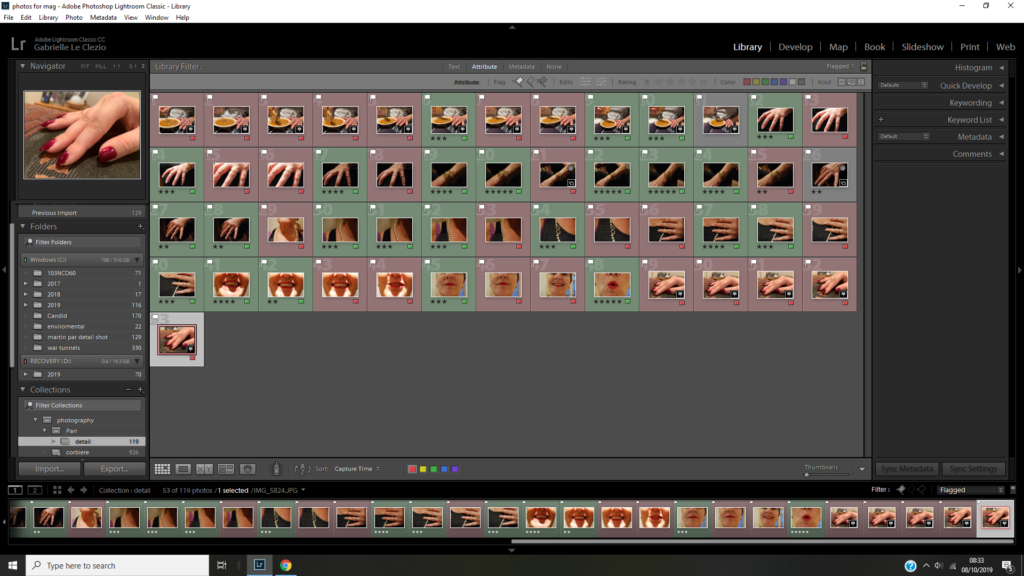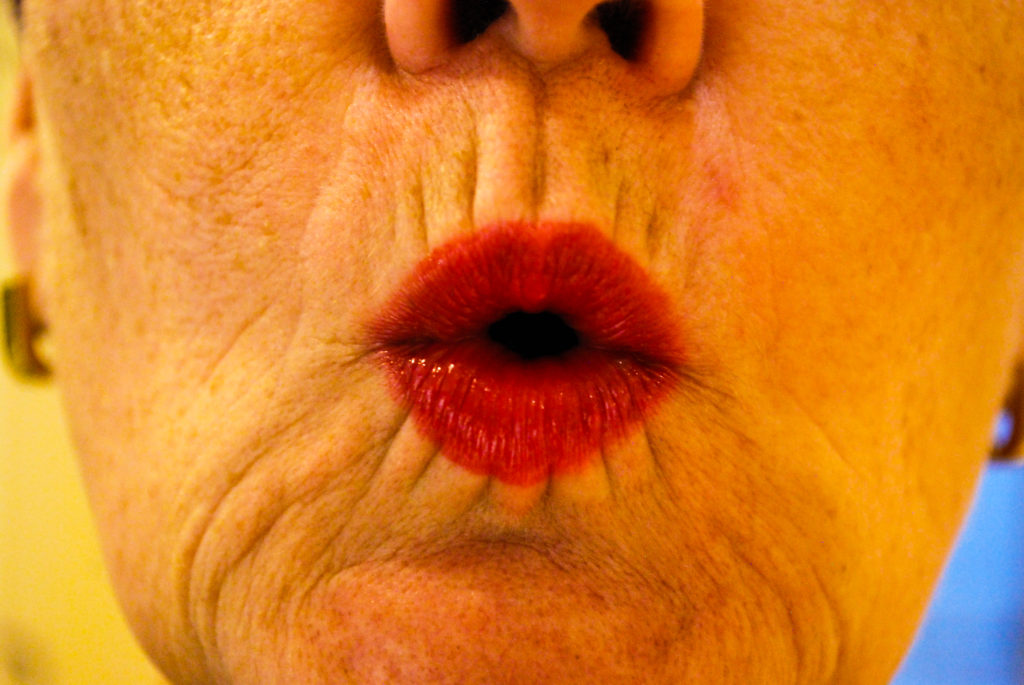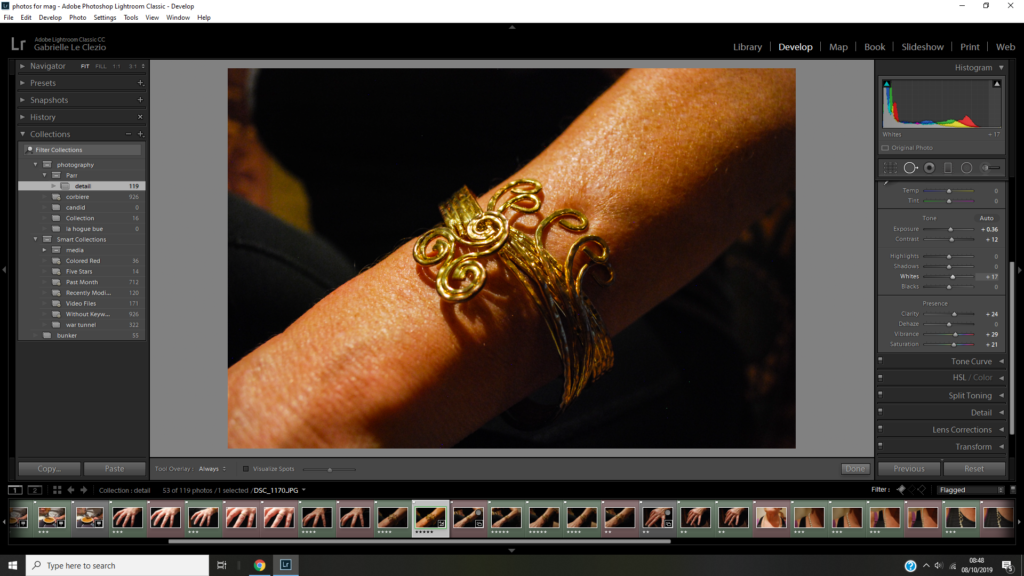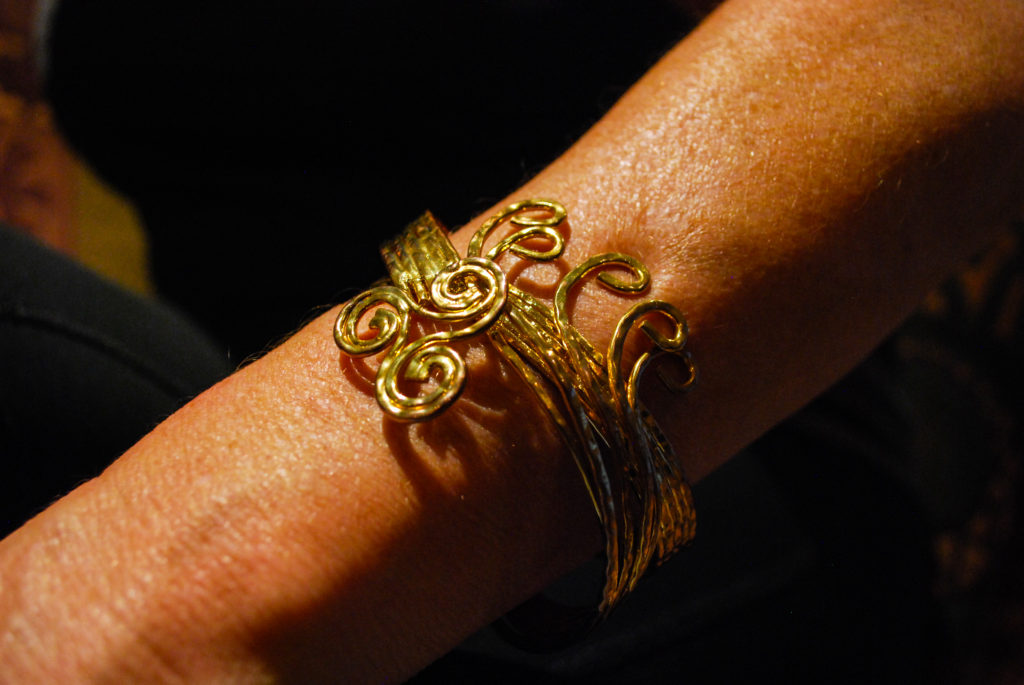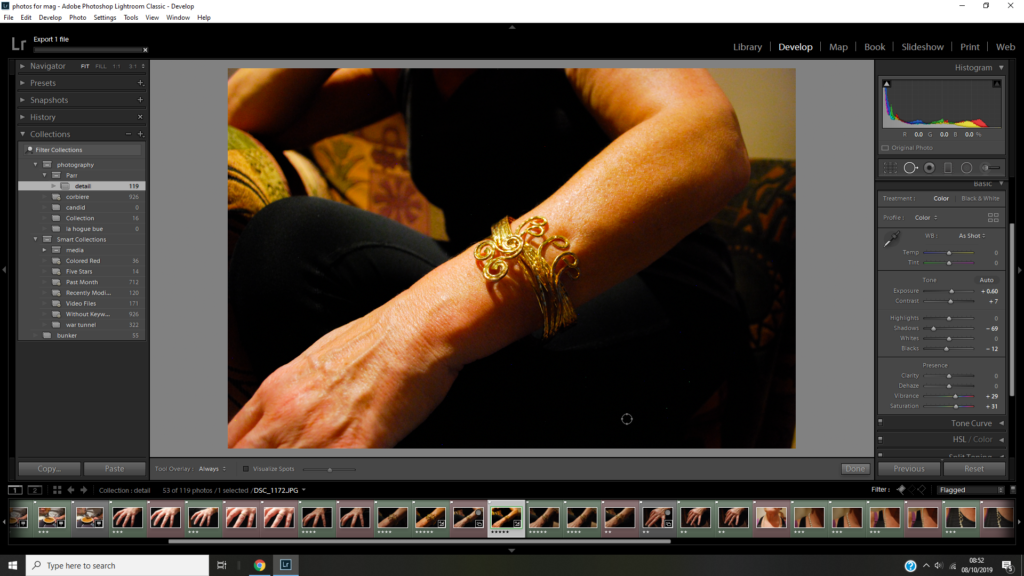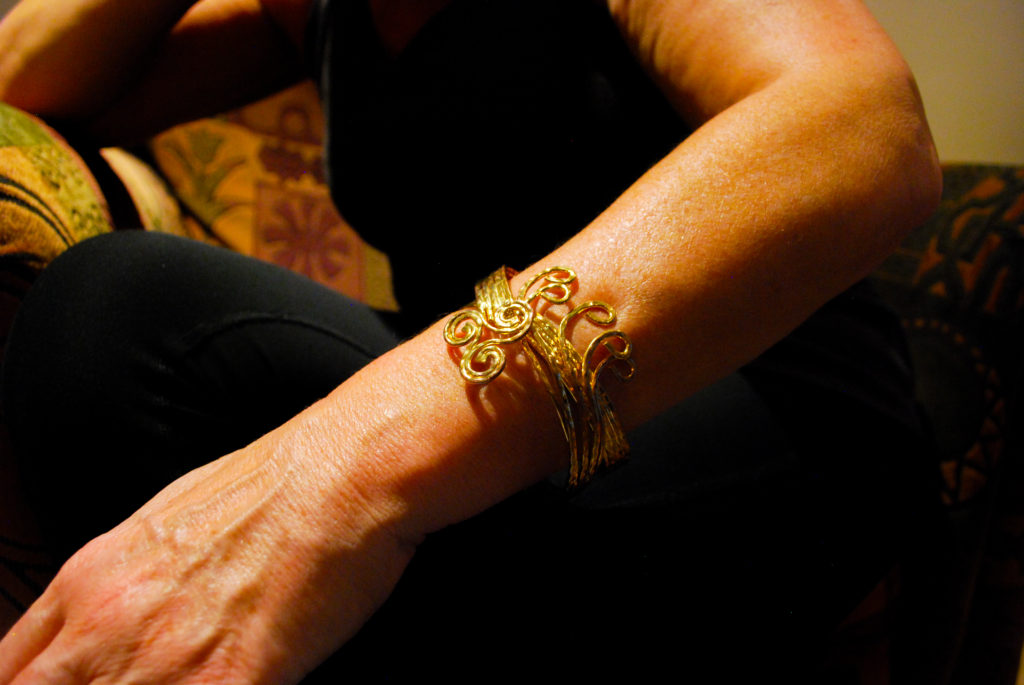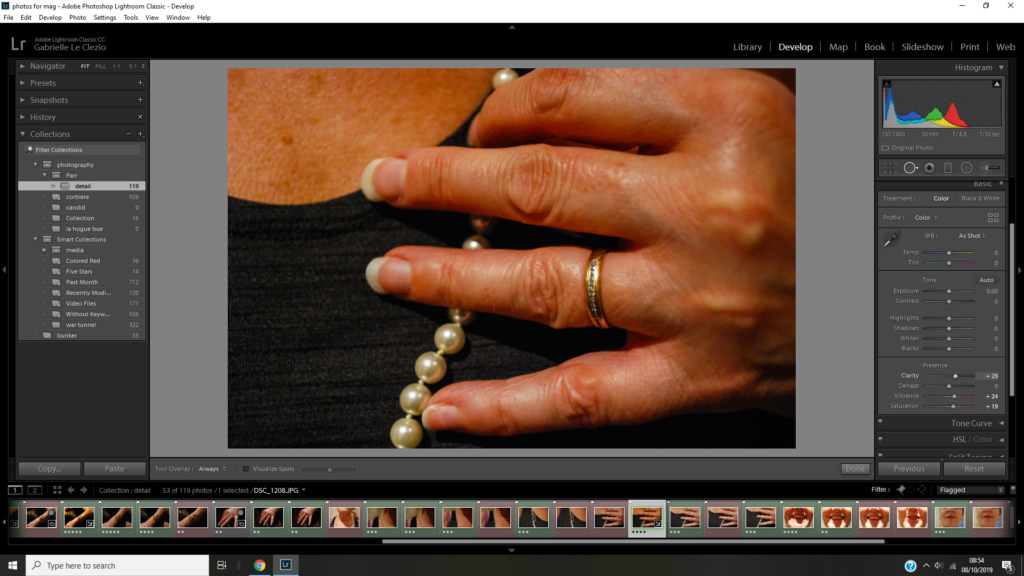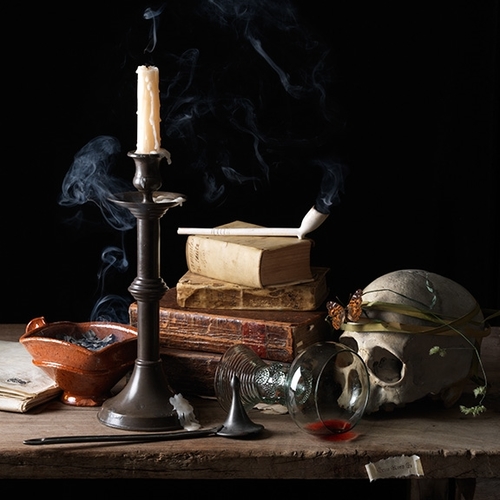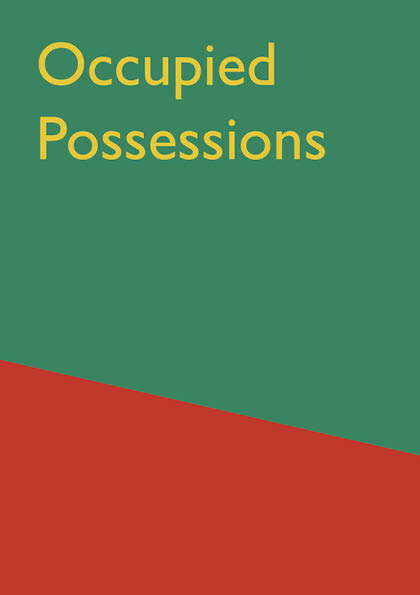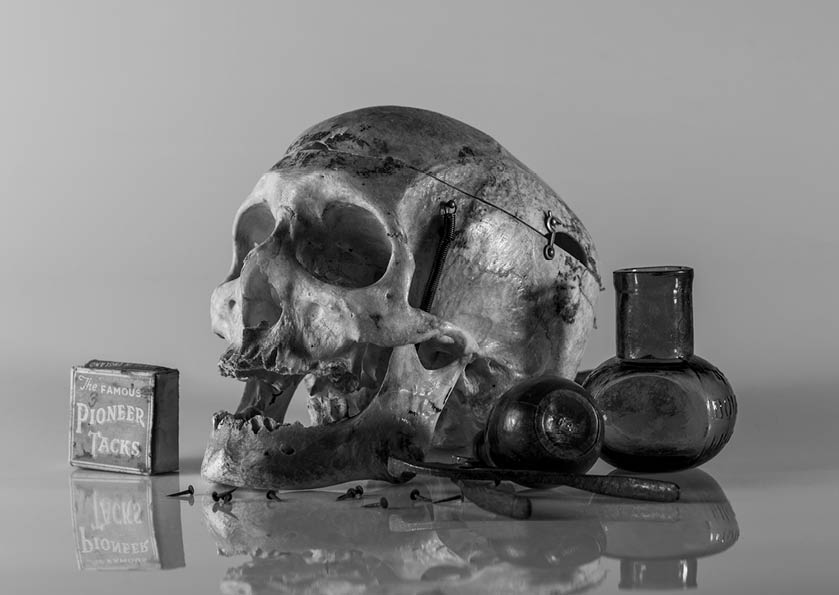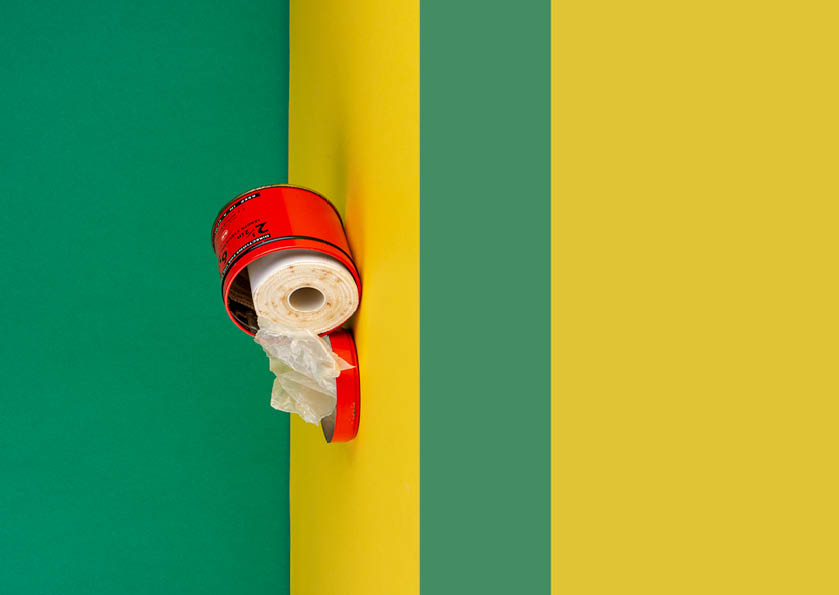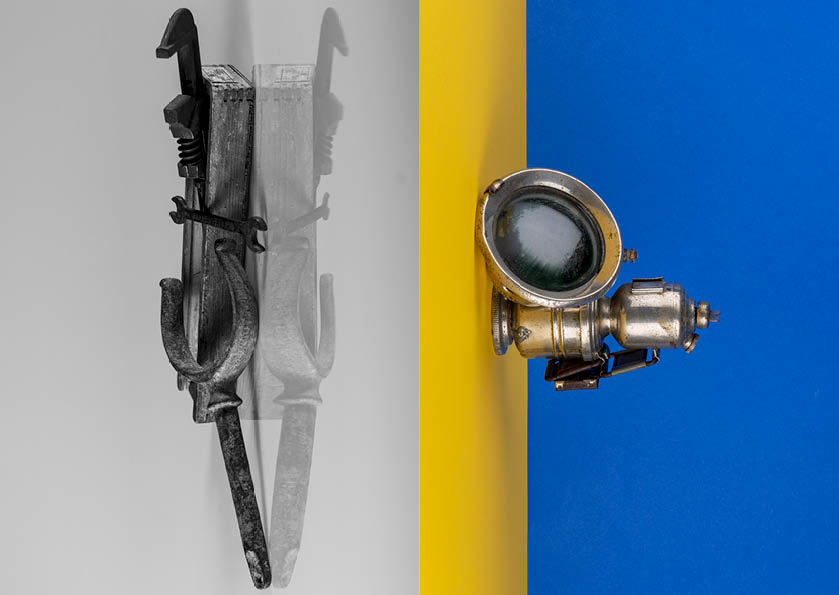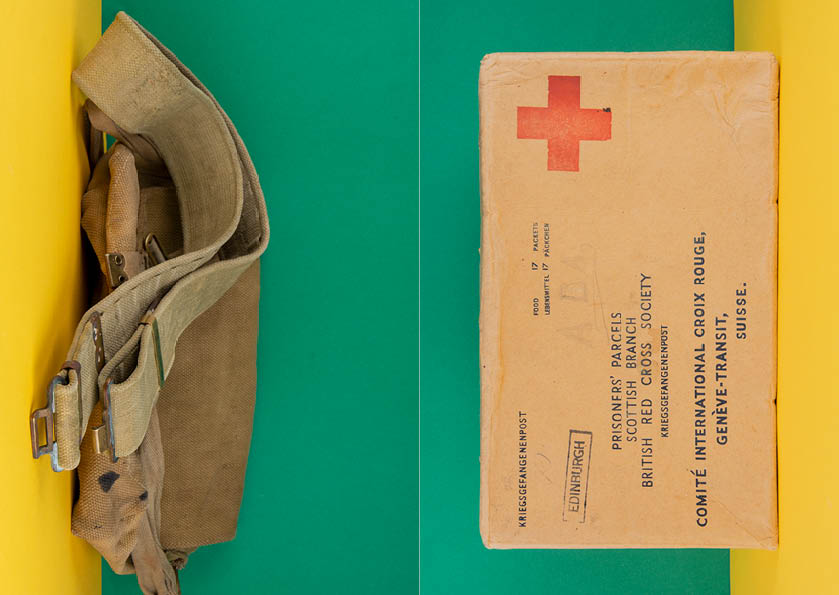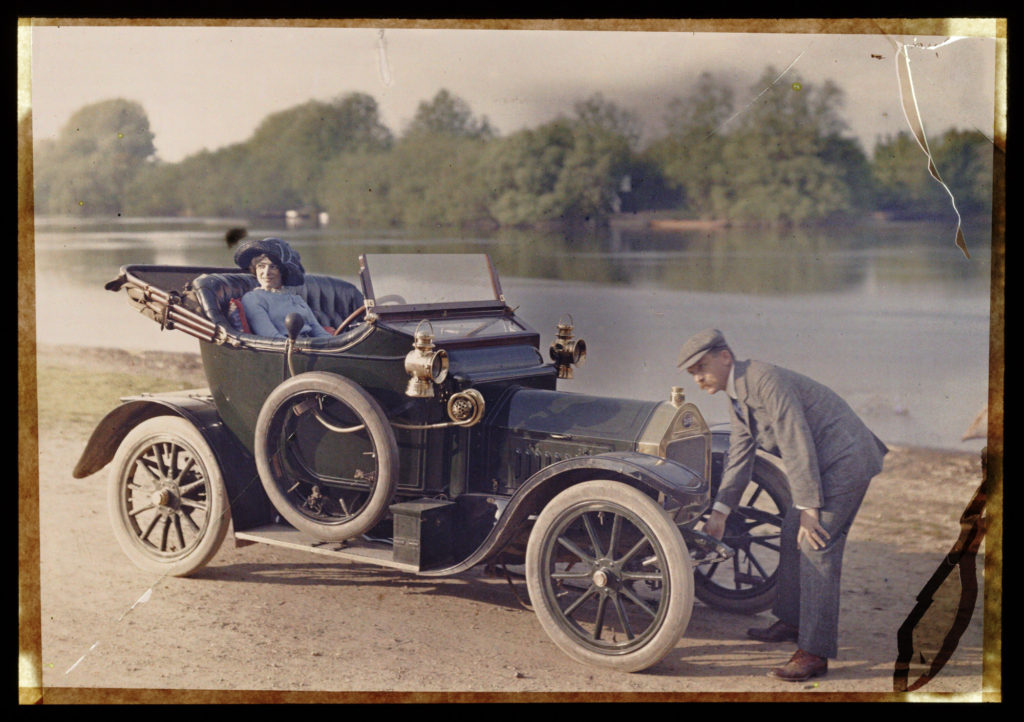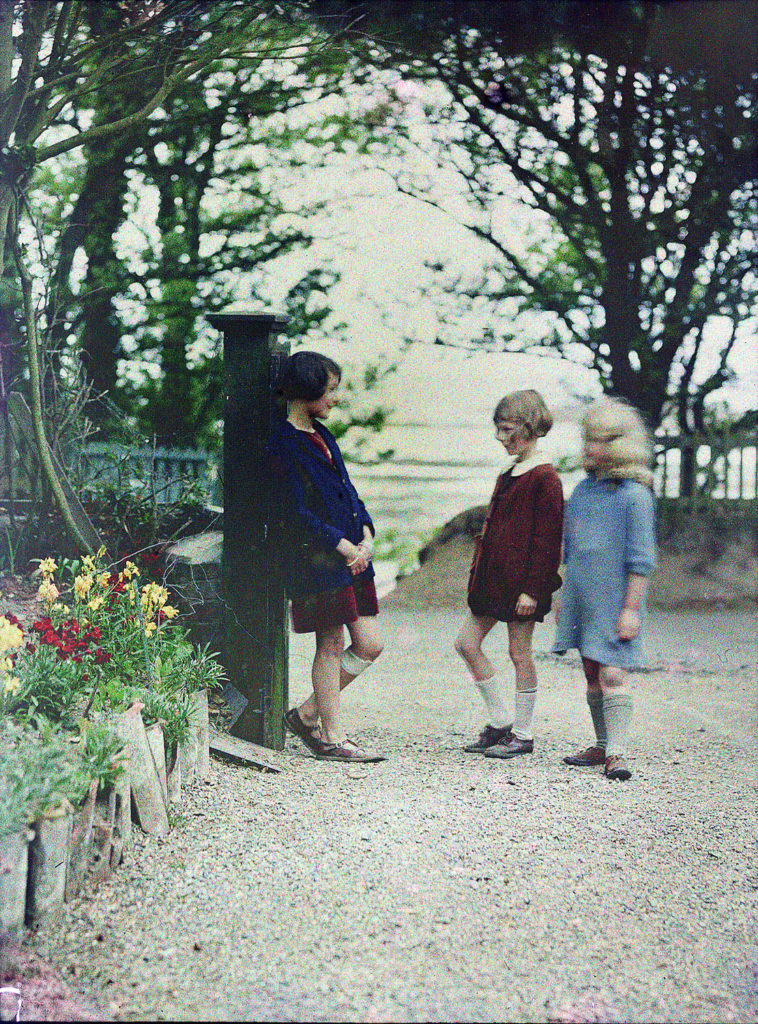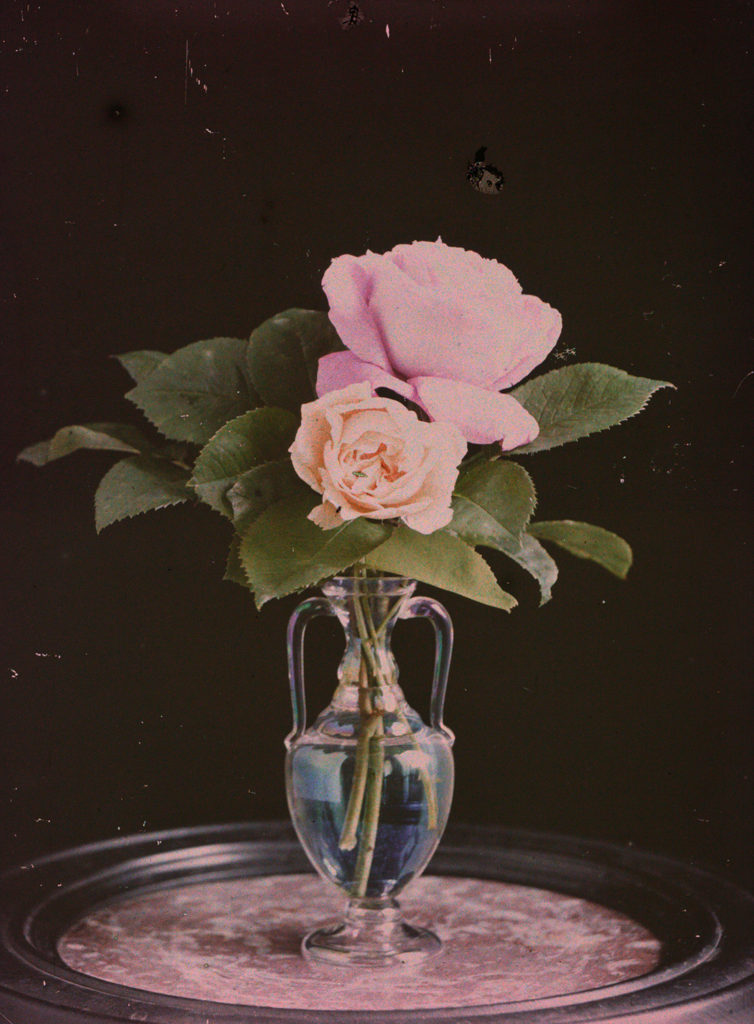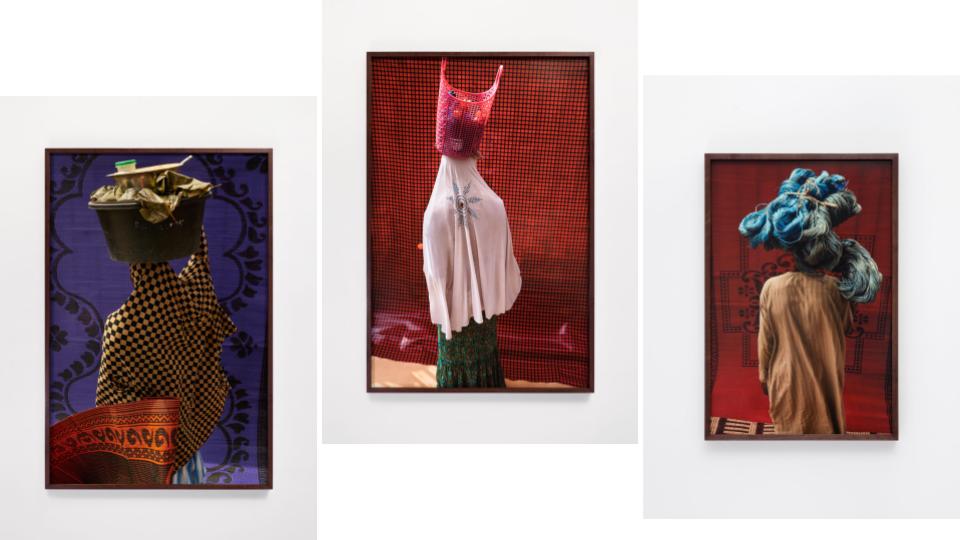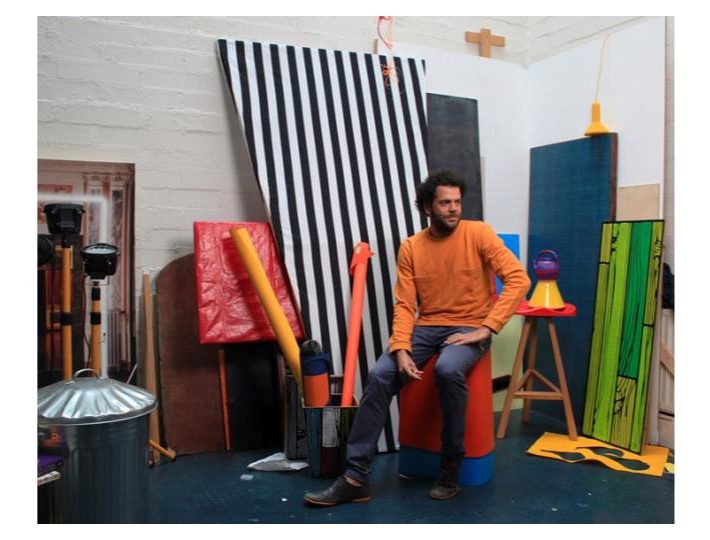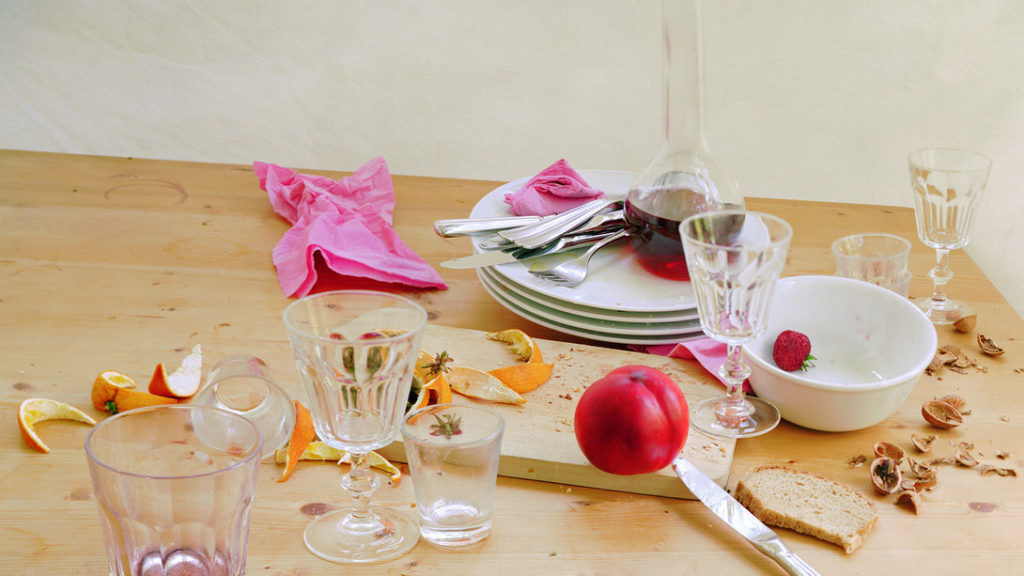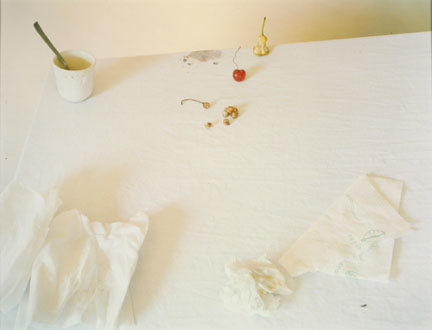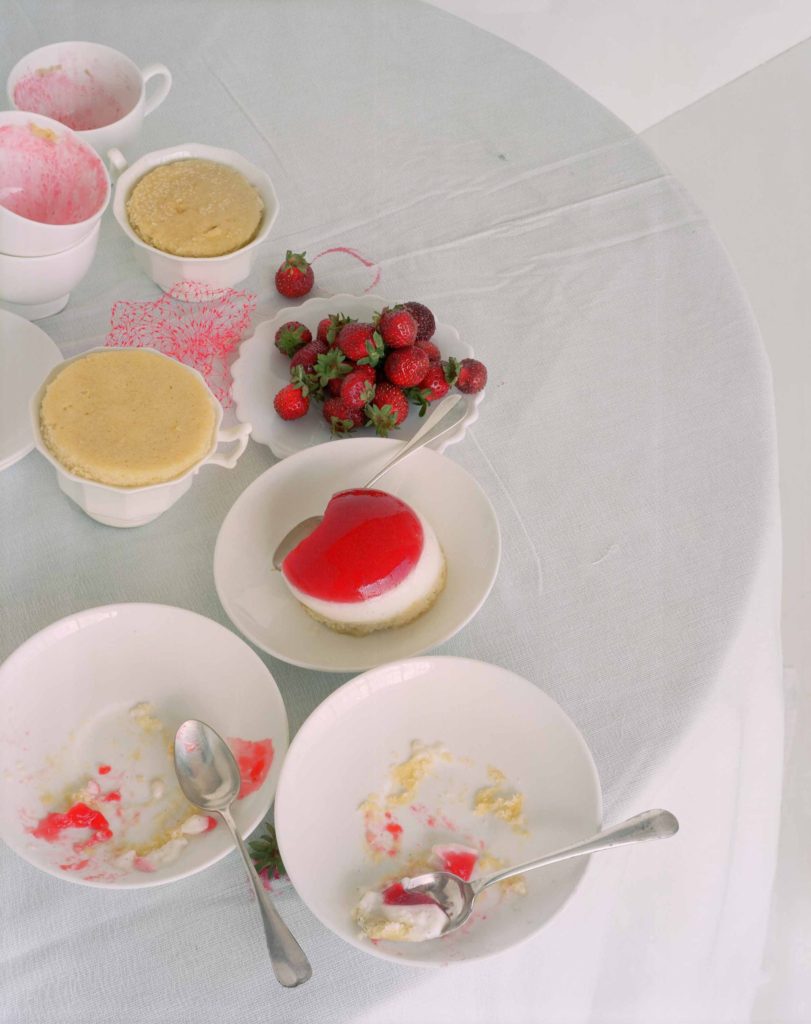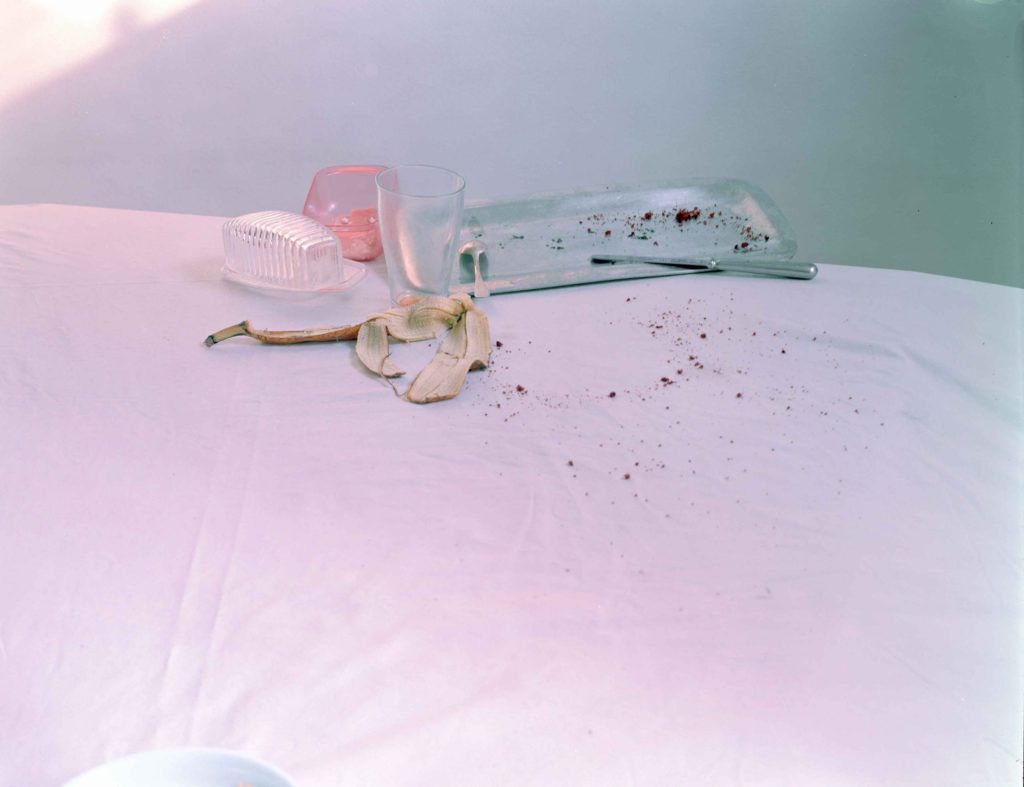DETAIL SHOT Focus on a detail of a person or close up of something that conveys something about the individual character or identity eg. age, race, gender, sexuality, fashion, hobby, lifestyle, etc.
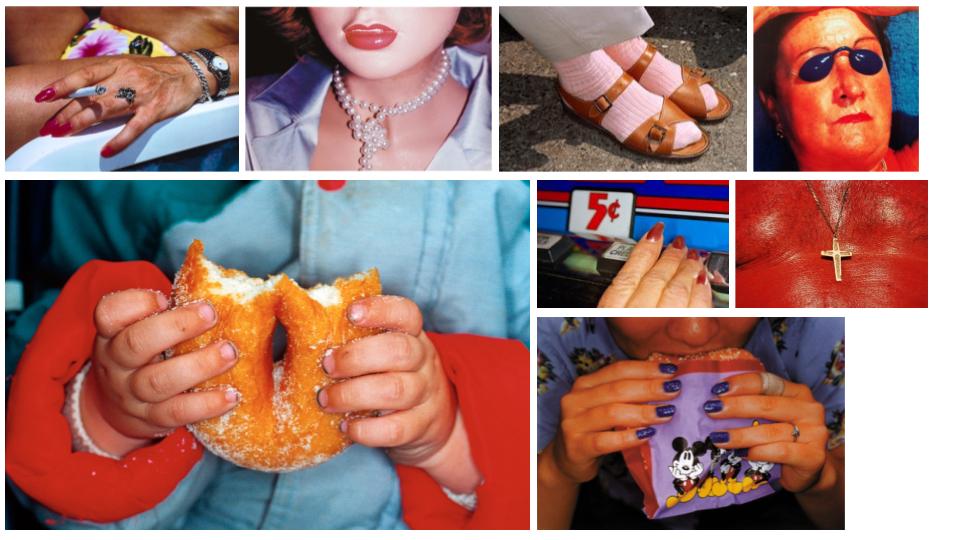
Common Sense
Information:
He was born in 1952 and is a British documentary photographer, photojournalist and photobook collector. He had the ambition to be a photojournalist since he was 14. His grandfather was an amateur photographer. He studied at Manchester Polytechnic with Daniel Meadows and Brian Griffin. They collaborated on projects frequently.
His first mature piece of work was in 1975, called Rural Communities. He spent five years photographing rural life in West Yorkshire, Greater Manchester, and Ireland. His focus was on isolated rural communities that were closing down. He shot in black and white to give the images a nostalgic look.
He then went on to do many other projects including Common Sense. In 1988 he joined Magnum photos. He became a full member in 1994 and was even president of Magnum Photos international for 3 and a half years.
Martin Parr style of Photography:
Martin Parr uses his photography to display his unique view of the world. He uses bright colours which can appear garish, he makes them appear this way so you react slightly in disgust as some of his images like the ones of bizarre people sunbathing in Common Sense. He focuses on the way we live, the way we present ourselves and our culture to others and what we value.
To contextualise his work he has researched leisure, consumption and communication, which is very evident in his works. He shines a new light on normalities in our culture and makes them seem peculiar and ridiculous. Within his images, he manages to create his own view of society which makes you question your view on society.
His style is humorous and makes one question our values and culture within the ideas of leisure and consumption. Within his photobooks, he juxtaposes images that are of completely different things but are similar because of a common colour or subject like below. You have this woman on a blue towel sunbathing which is already peculiar then he juxtapositions it with this image of what looks like blue meringue with a smily face which is of a completely different thing yet is similar.
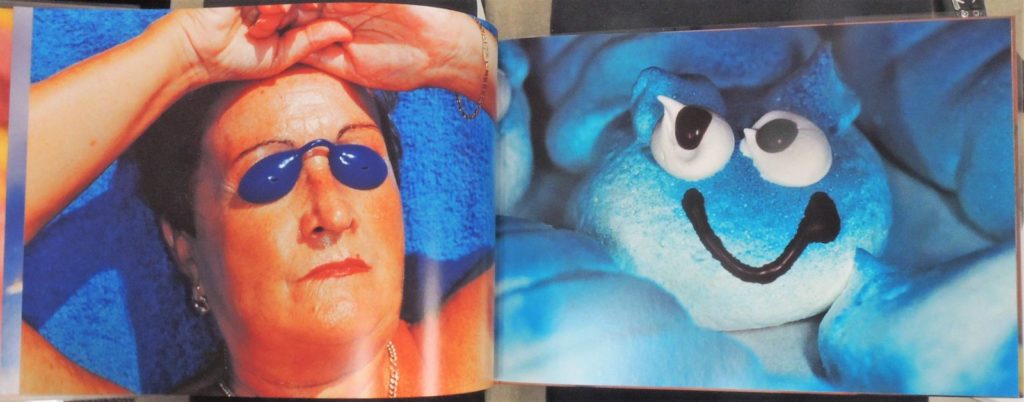
Analysis:
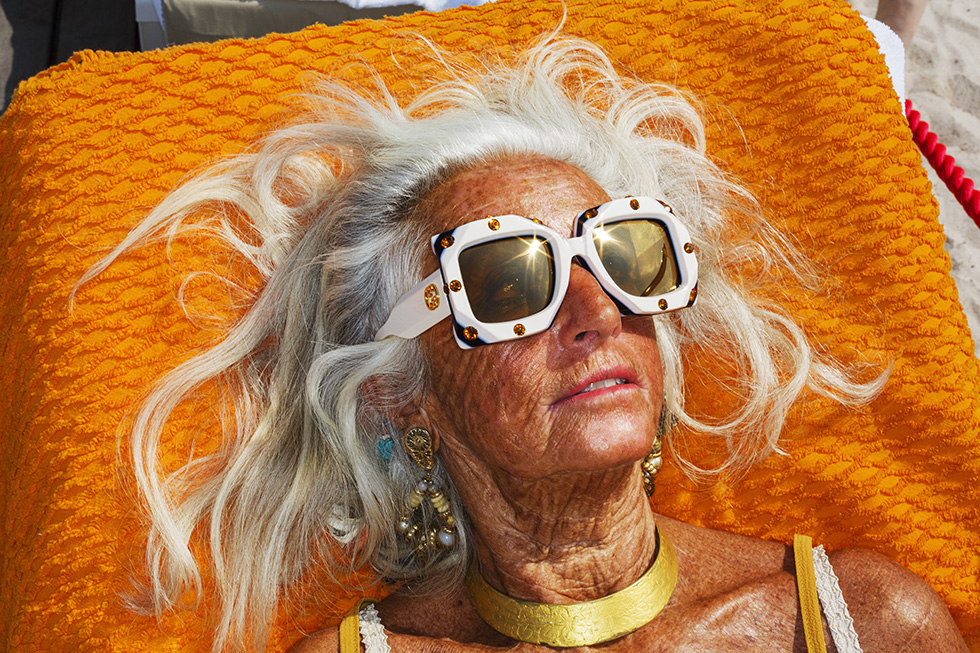
Technical
The lighting in this image is natural because it’s outside. You can see the light reflecting off the sunglasses. The image was taken with a wide aperture because the items in the background are still in good focus. I think it’s got a lower IOS, it’s got low light sensitivity because the image isn’t grainy.
Visual
The colours in the image are highly saturated. Every different colour catches your eye, from the red rope in the background to the small pink lines of her lips. This is intentionally done by Parr to make our leisure culture appear bizarre and question the society we live in. This image has a lot of variety of texture. You can see the leathery texture of her skin, the wispy texture of her hair, the grainy texture of the dand and the texture of the towel fabric. The image has been cleverly composed so you have this bronze leathery woman haloed with white wispy hair sprawled ly medusa on this bright beach towel taking up most of the image. It’s been taken at just the right time where you can see her eyes within the glasses looking towards the sun.
Contextual
This image was taken in 2019 as part of a Gucci Cruise of the French Riviera#. It was a reminder of his work from Common sense due to its saturated colour and bizarre subject.
Conceptual
The conceptual image behind this is much like the conceptual meaning of his Common Sense work. The idea behind it is to make us be critical of British culture through his satirical eye. This image shows it in the way that yes, she’s this woman in lavish jewellery, glasses, swimsuit and she seems to be enjoying it but the concept is to make us question it. And we do. Why is she such big earrings whilst sunbathing? Why is she sunbathing, she already looks like she’s had so much sun? Is this what I look like sunbathing? This idea behind it is to make us cringe at ourselves and make us self aware of our peculiar culture of leisure. The idea behind it is idiosyncrasy which is to express excentricity and peculiarness.

